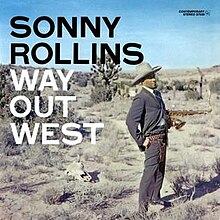:format(jpeg):mode_rgb():quality(40)/discogs-images/R-3661066-1536344514-5329.jpeg.jpg) Talk Vinyl: Buying Classical Records, a Beginner's Guide, Part IV
Labels: ABC, Accent, Allegro, Arabesque, Balkanton, BIS, Calliope, Candide, Chandos, Command, Concert Hall, Connoisseur Society, Decca Gold, Erato, Eterna, Eurodisc
Talk Vinyl: Buying Classical Records, a Beginner's Guide, Part IV
Labels: ABC, Accent, Allegro, Arabesque, Balkanton, BIS, Calliope, Candide, Chandos, Command, Concert Hall, Connoisseur Society, Decca Gold, Erato, Eterna, Eurodisc
Please Read Part I for Basic Pointers, Resources
Attention: I have created a blog label Classical Music - Buying Records. Just click and all posts so far in the series shall appear. The blog label is also in the sidebar (roll down).
Staring from this installment I shall attempt a more or less alphabetical order. I am sure there will be many omissions, which I shall constantly update.
ABC Basically ABC is a pop company that re-issued some classical discs after they acquired Command and Westminster. ABC is later absorbed into MCA. The re-issues were not of good quality. Pass.
:format(jpeg):mode_rgb():quality(90)/discogs-images/L-96303-1202634314.jpeg.jpg) Accent
Accent One doesn't come across this relatively short-lived Early Music label too often, but it is very high in production quality. It features many Dutch pioneers in the early music movement. Best artists in the stable are the
Kuijken brothers, in particular the violinist (Sigiswald) and cellist (Wieland). Their excellent band,
La Petite Bande, went from here to record a lot of baroque music for other labels.
Allegro Occasionally seen. The records are Vox derived and of poor quality. Ignore.
:format(jpeg):mode_rgb():quality(40)/discogs-images/L-36208-1303485146.jpeg.jpg) Arabesque
Arabesque This is a label that can mostly be ignored. It made some original recordings, like pianist Joao Carlos Martins in Bach, and the Portland Quartet but soon turned to re-issuing many recordings, particularly of EMI origin, but since you can come across these in older Angels and EMIs these are not of particular value.
:format(jpeg):mode_rgb():quality(40)/discogs-images/R-3630084-1338060707-6101.jpeg.jpg) Balkanton
Balkanton Not often seen, and sometimes indecipherable. Beside Bulgarian music they issued some useful Eastern European artists. But only for the specialist.
BIS This is a label that started with mostly Scandinavian artists, and the engineering excellence was soon prized by audiophiles. The label had a heavy emphasis on neglected Scandinavian composers and obscure music, which the beginner should not worry about. Two most famous discs for the audiophile are: 1)
La Spagna (the same team also had some audiophile favorites on Harmonia Mundi). I love this album of mainly re-constructed music; 2) The
Kroumata Percussion Ensemble made several recordings; pictured is the first one which every audiophile was playing at the time. I think they just love the WARNING! I still remember hearing it on a pair of Mirage (can't remember whether it was the M1 or M3), quite impressive.
:format(jpeg):mode_rgb():quality(40)/discogs-images/R-5133534-1385409538-5712.jpeg.jpg)
:format(jpeg):mode_rgb():quality(40)/discogs-images/R-2655085-1295185642.jpeg.jpg) Calliope
Calliope This small French label recorded some fringe French work and lesser known artists, including organ works of Messiaen. Two of my favorites: pianist
Annie D'Arco (also some on Erato and L'Oiseau Lyre). And the excellent Czech ensemble, the
Talich Quartet, whose Beethoven cycle has long been a reference point. I heard them live at the 92 Street Y decades ago and it was divine!
:format(jpeg):mode_rgb():quality(40)/discogs-images/L-13265-1293879671.jpeg.jpg) Candide
Candide This is a subsidiary label of Vox, but produced at a higher level, with nice sleeves and better quality vinyl. Sound is usually exemplary. It specialized in less known music, especially by lesser romantics (like Hubay) and early modernist composers (like Messiaen, Lutoslawski). The very good Aaron Rosand recorded many less known violin concertos. I particularly like the label's recordings of works of Satie, Jean Francaix and Jean Martin. Beginners can skip this label unless you want to explore modernist composers.
:format(jpeg):mode_rgb():quality(40)/discogs-images/R-5184555-1565550638-6120.jpeg.jpg)
:format(jpeg):mode_rgb():quality(40)/discogs-images/R-11023533-1508437577-6281.jpeg.jpg) Chandos
Chandos This UK company started at the tail end of the analog age and issued LPs well into the digital age. The LPs were of very high quality (even the digitally recorded ones). Chandos now has a large catalogue but back then most of the orchestral works were not competitive. But it has one of my favorite chamber music groups, the Canadian based
Borodin Trio. Violinist
Rotislav Dubinsky was leader of the celebrated Soviet Borodin Quartet. Pianist Luba Edlina was his wife, and the cellist was
Yuri Turovsky (whose wife
Eleonora Turovsky is also an excellent violinist). They were all AWESOME musicians, and all of their records (and CDs) are highly recommended. Turovsky was also leader of his own chamber orchestra, the wonderful
I Musici de Montreal, whose recordings are also treasures.
:format(jpeg):mode_rgb():quality(40)/discogs-images/R-3550668-1395608663-3365.jpeg.jpg) Command Classics
Command Classics Command was famous for its pop-oriented Enoch Light recordings, marketed as hifi spectaculars. Indeed they are (try
Persuasive Percussions)! In its brief run of classical's, (labels 2A, 2B) it recorded, among other works, complete cycles of Beethoven and Brahms symphonies in excellent performances by the
Pittsburgh Symphony under the under-rated
William Steinberg (who also recorded for Capitol and later DG). Later, after absorption by ABC, there were some negligible ABC/Command re-issues.
:format(jpeg):mode_rgb():quality(40)/discogs-images/R-2434250-1415041797-8242.jpeg.jpg) Concert Hall
Concert Hall This is a European label not widely available in America, but it is one of my favorite labels (many mono). The recordings predate the availability in the US of direct European major label imports (like Philips, DG). Mostly European performers not found often on the major labels. The orchestras used were "second-tier" European orchestras, but they were under very good conductors, like
Carl Schuricht,
Josef Krips. Many interesting soloists recorded for them, including
Vlado Perlemuter, Nikita Magaloff, Lili Kraus, Rudolf Firkusny, Richardo Odnoposoff, Shura Cherkassky etc. This is a label for the more advanced collector. This label also re-issues some American recordings in Europe.
:format(jpeg):mode_rgb():quality(40)/discogs-images/R-11955016-1525420020-7330.jpeg.jpg) Connoisseur Society (wiki)
Connoisseur Society (wiki) This is one of my favorite labels because of certain artists. Not commonly seen these days, these were well produced. The pianists
Ivan Moravec (also for Supraphon) and
Bruno Leonardo-Gelber (recordings of European EMI origin) are personal favorites. Even more so is the under-rated (even forgotten) violinist
Wanda Wilkomirska (
part bio and discography). I grab her recordings whenever I see one (not often). The pictured Kreisler I got only last year and it is the best Kreisler album that I have, bar none. For a while, they also issued high quality CDs, worth getting for these artists too.
:format(jpeg):mode_rgb():quality(40)/discogs-images/R-4428454-1364608166-2043.jpeg.jpg) Decca (US)
Decca (US) Also the classical's are mostly called Decca Gold (corresponding to labels 3A to D). This is not to be confused with UK Decca/London. It belonged to UK Decca before (but no longer after) the war (
wiki). Despite the name, it did not issue any Decca recordings. Rather, before DG was imported into the US, many of its mono recordings, and a few stereo ones, were issued by Decca Gold. Artists such as Ferenc Fricsay, Wilhelm Kempff and Wolfgang Schneiderhan, were worthwhile. Early pressings were pretty good, but most of these items were later re-issued by DG and the Germany pressings are preferred. It also recorded some American artists but the catalogue can be mostly ignored except for one artist, the great guitarist
Andre Segovia. Most of these are in mono, but it hardly matters for the guitar. For audiophiles, the most famous Decca Gold is likely Ruggiero Ricci's
The Glory of Cremona, where he played 15 violins. This album is popular in Asia but I find it musically not on the highest level. My copy from the dollar bin only has the 12" and is missing the "comparison" 7" record. But, frankly, I don't like this record, which some people pay good money for - power of the media.
:format(jpeg):mode_rgb():quality(40)/discogs-images/R-14618072-1578268920-7715.jpeg.jpg) Erato
Erato This is an important French label with a long history. However, when I browse discogs I see a lot of older issues that I have never seen in decades os hunting. I think this means Erato was not imported (or popular) before the late 60's early 70's. It had some excellent French instrumentalists: the cellist
Paul Tortelier (later on EMI) and pianist
Monique Haas (before Erato she was a DG artist) and under-rated
Gyorgy Sebok (who partnered famous cellists like Navarra and later Janos Starker; later he also recorded with Joanna Martzy and Arthur Grumiaux). It is too bad their discs are not often seen. Organist
Marie-Claire Alain almost recorded the entire Bach oeuvre. By the 70's Erato mostly churned out early music, relying on, first,
Karl Ristenpart and his Saar orchestra, then
Jean-Francois Paillard (with his own orchestra),
Michel Corboz (his Lausanne ensemble) and I Solisti Veneti/
Claudio Scimone. All of them were pretty good for their time (before historical performing practices transformed early music), certainly better than Philips' I Musici. And they have star soloists like flutist
Jean-Pierre Rampal (still the best for me), trumpeter
Maurice Andre (again, also the best in my book) and harpist
Lily Laskine. Large orchestra recordings were mostly dismissible, but there is good stuff like Messiaen works (with his inimitable wife
Yvonne Loriod on the Ondes Martenot), the early
Charles Dutoit in Honegger and Roussel, and
Rostropovich's Prokofiev cycle). Erato licensed a lot of their earlier stuff to Nonesuch (like all of the Ristenpart stuff) and Musical Heritage Society, and later some of the early music stuff to RCA, who popularized Paillard's Pachebel Kanon. So, the beginner will not get too many Erato albums, except for some in the dollar bin.
:format(jpeg):mode_rgb():quality(40)/discogs-images/R-10532442-1540632895-1784.jpeg.jpg) Eterna
Eterna This former East Germany label and its largely neglected roster of excellent artists were an unfortunate casualty of the Cold War. It is not often seen here in the US. Everyone now knows the
Leipzig Gewandhaus Orchestra (under Andris Nelsons now) and
Dresden Staatskapelle (under Christian Thielemann), even the
Staatskapelle Berlin (under Barenboim). These great and characterful orchestras, as well as even less known but still very good orchestras like the
Dresdner Philharmonie (now under Marek Janowski),
Berlin Radio Symphony (now under Vladimir Jurowski) and
Leipzig Radio Orchestra (now called MDR), made a huge number of excellent recordings for Eterna, under conductors such as
Franz Konwitchsny (I love his Beethoven set),
Heinz Rogner (fantastic Bruckner),
Otmar Suitner (good in almost everything),
Herbert Kegel, Heinz Bongartz,
Kurt Sanderling (great Sibelius and Shostakovich)
, Kurt Masur and many more. Most of the recordings are desirable, and in excellent sound. Eterna has less depth in soloists; one that stands out is pianist
Peter Rosel (all recordings good). I got to know their catalogue through the vast CD re-issues of Berlin Classics (Edel), and in HK I got a few of their LPs (quality is good). Eterna also issues some DG and Melodiya recordings for their market. Were the LPs seen more often!
:format(jpeg):mode_rgb():quality(40)/discogs-images/R-1873940-1459864485-3754.jpeg.jpg) Eurodisc
Eurodisc This company issued a lot of operas and operettas. In terms of orchestral and other works, they are all over the place. Many recordings were licensed from other companies such as Eterna and Melodiya, and should be considered in their respective entries. They did limited recordings with orchestras such as the very good Bamberger Symphoniker and Wiener Symphoniker. I recommend
Kurt Sanderling's Brahms symphonies with the Dresden Staatskapelle,
Kurt Masur's Bruckner cycle with his Leipzig Gewandhaus, and anything by
Sviatoslav Richter and
Emil Gilels. Eurodisc also had quadraphonic LPs, which muddle up the sound - avoid.
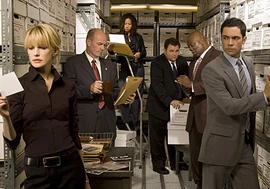
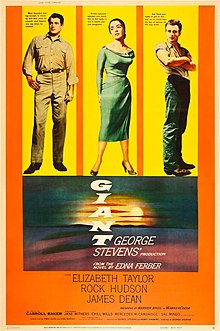 I'd like to brief our regular readers as to what is happening here. It has been pretty quiet for good reasons. A few days ago, I got too smart for my own good. Thinking it was a malware I deleted something and irreparably crippled the browser of my 2012 Macbook Pro. I don't like to do things on my phone (iPhone 5S) and so resurrected an ancient Dell laptop that is now running on Windows XP as I type. Yes, vintage computing. This won't last long. I am borrowing a better computer soon and am investigating how to go on. As for mrgoodsound, he is working feverishly from home. At the behest of Andy, my friends and I have long suspended home visits so there is little to report.
I'd like to brief our regular readers as to what is happening here. It has been pretty quiet for good reasons. A few days ago, I got too smart for my own good. Thinking it was a malware I deleted something and irreparably crippled the browser of my 2012 Macbook Pro. I don't like to do things on my phone (iPhone 5S) and so resurrected an ancient Dell laptop that is now running on Windows XP as I type. Yes, vintage computing. This won't last long. I am borrowing a better computer soon and am investigating how to go on. As for mrgoodsound, he is working feverishly from home. At the behest of Andy, my friends and I have long suspended home visits so there is little to report.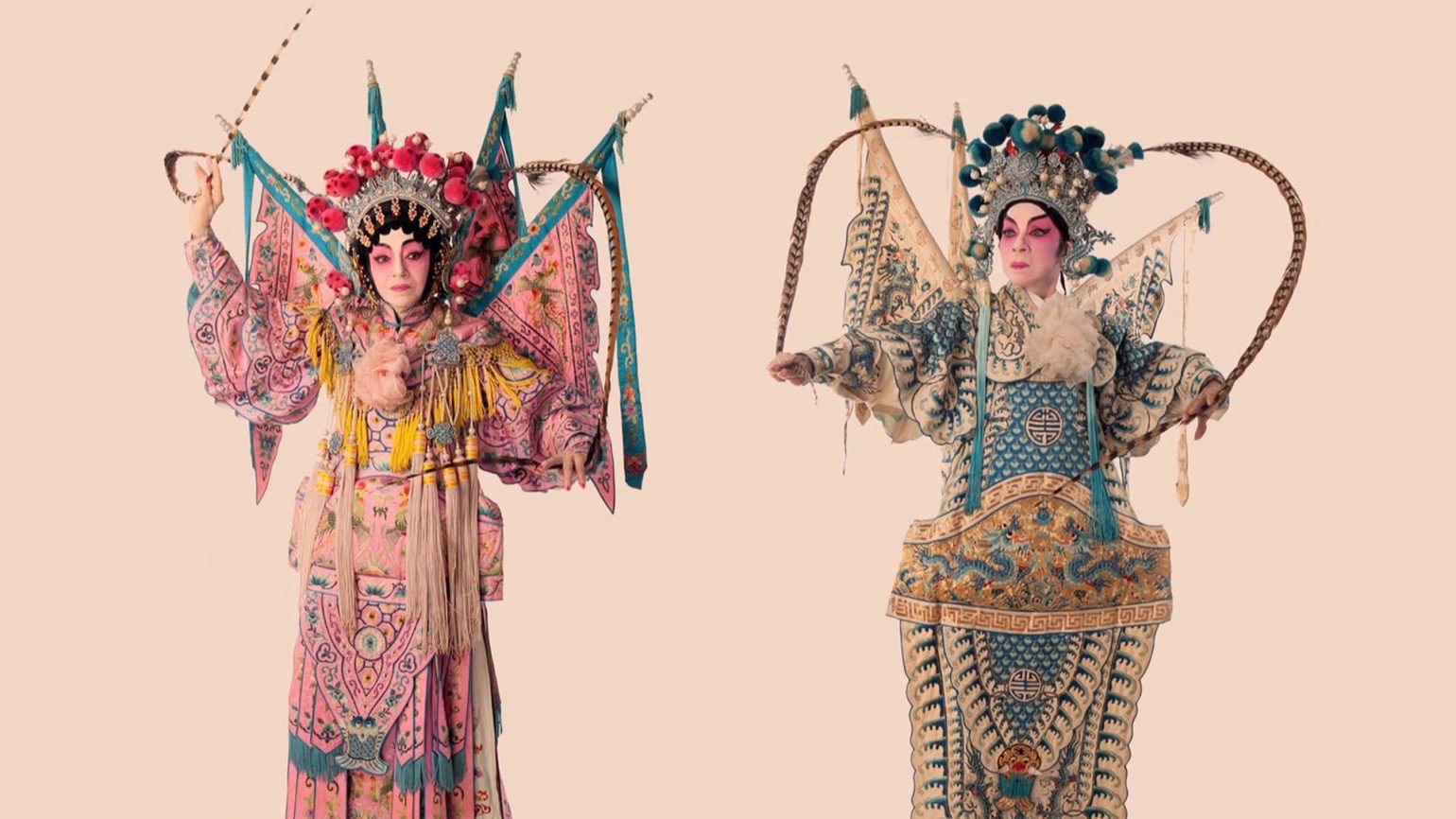
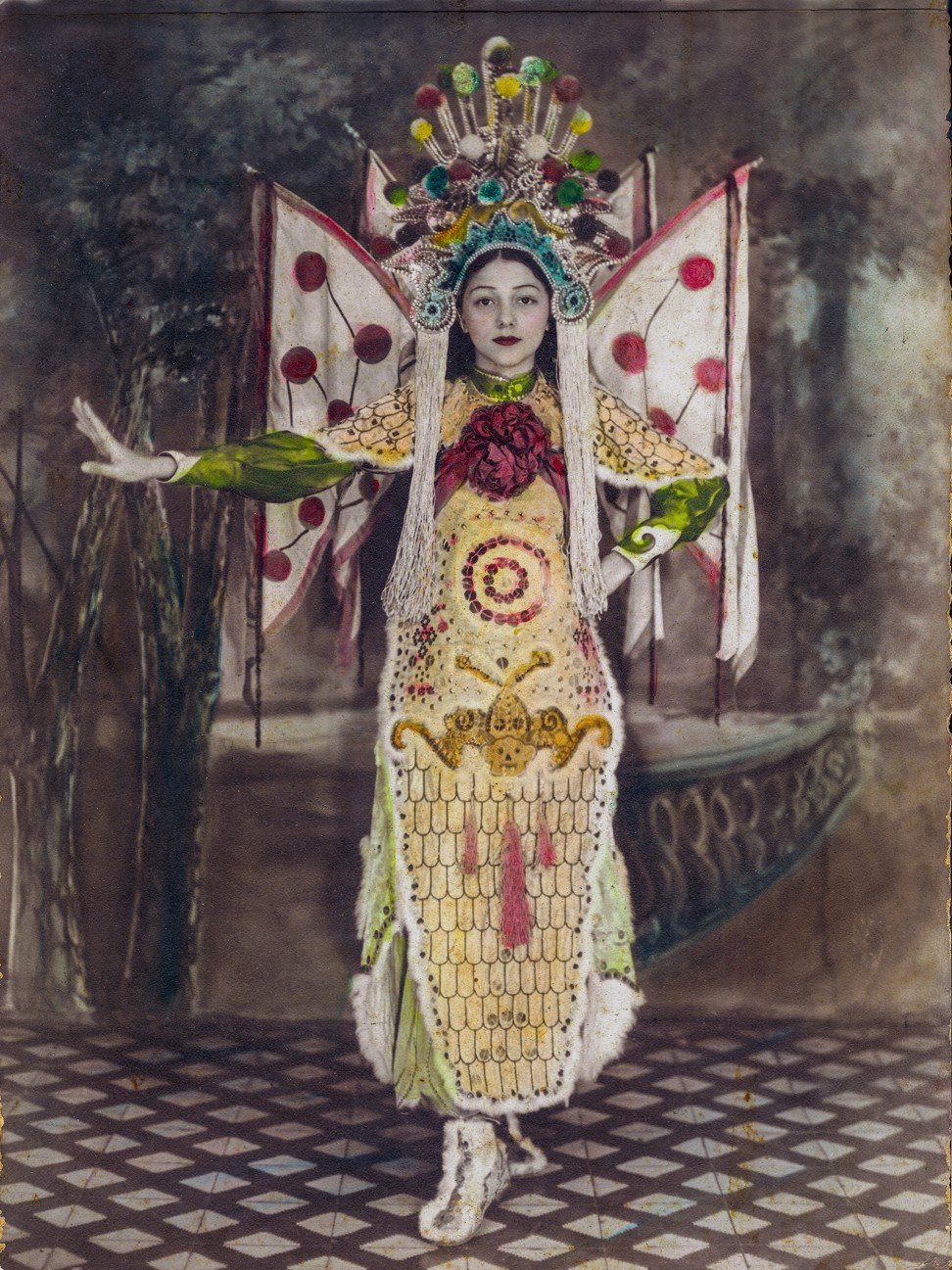





:format(jpeg):mode_rgb():quality(40)/discogs-images/R-3661066-1536344514-5329.jpeg.jpg)
:format(jpeg):mode_rgb():quality(90)/discogs-images/L-96303-1202634314.jpeg.jpg)
:format(jpeg):mode_rgb():quality(40)/discogs-images/L-36208-1303485146.jpeg.jpg)
:format(jpeg):mode_rgb():quality(40)/discogs-images/R-3630084-1338060707-6101.jpeg.jpg)
:format(jpeg):mode_rgb():quality(40)/discogs-images/R-5133534-1385409538-5712.jpeg.jpg)
:format(jpeg):mode_rgb():quality(40)/discogs-images/R-2655085-1295185642.jpeg.jpg)
:format(jpeg):mode_rgb():quality(40)/discogs-images/L-13265-1293879671.jpeg.jpg)
:format(jpeg):mode_rgb():quality(40)/discogs-images/R-5184555-1565550638-6120.jpeg.jpg)
:format(jpeg):mode_rgb():quality(40)/discogs-images/R-11023533-1508437577-6281.jpeg.jpg)
:format(jpeg):mode_rgb():quality(40)/discogs-images/R-3550668-1395608663-3365.jpeg.jpg)
:format(jpeg):mode_rgb():quality(40)/discogs-images/R-2434250-1415041797-8242.jpeg.jpg)
:format(jpeg):mode_rgb():quality(40)/discogs-images/R-11955016-1525420020-7330.jpeg.jpg)
:format(jpeg):mode_rgb():quality(40)/discogs-images/R-4428454-1364608166-2043.jpeg.jpg)
:format(jpeg):mode_rgb():quality(40)/discogs-images/R-14618072-1578268920-7715.jpeg.jpg)
:format(jpeg):mode_rgb():quality(40)/discogs-images/R-10532442-1540632895-1784.jpeg.jpg)
:format(jpeg):mode_rgb():quality(40)/discogs-images/R-1873940-1459864485-3754.jpeg.jpg)


